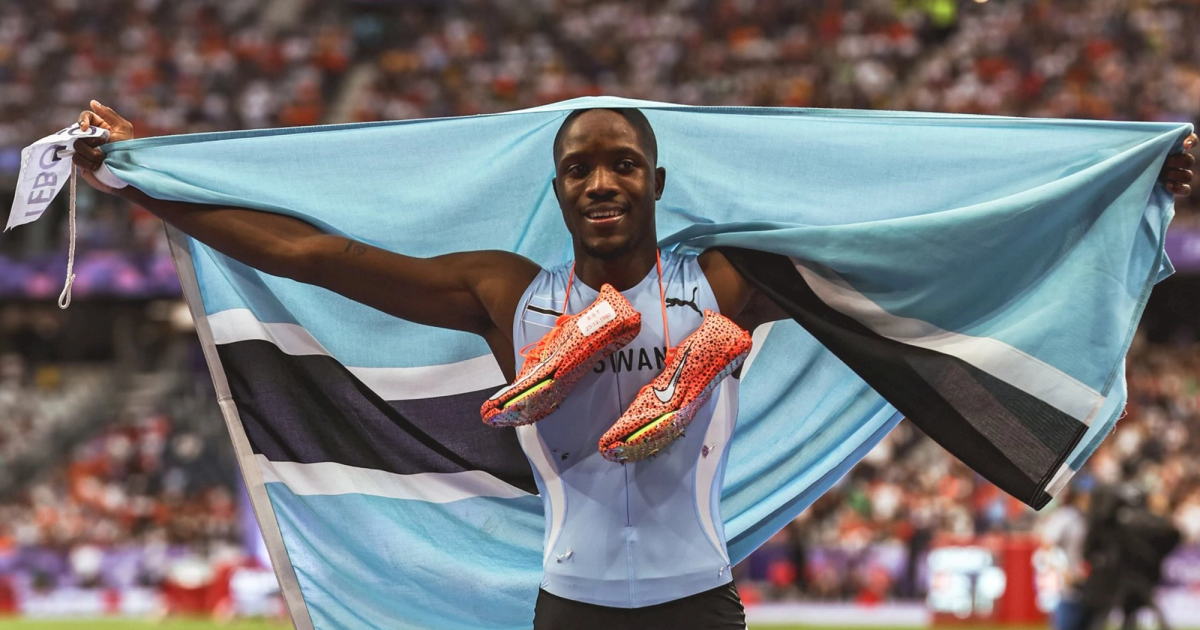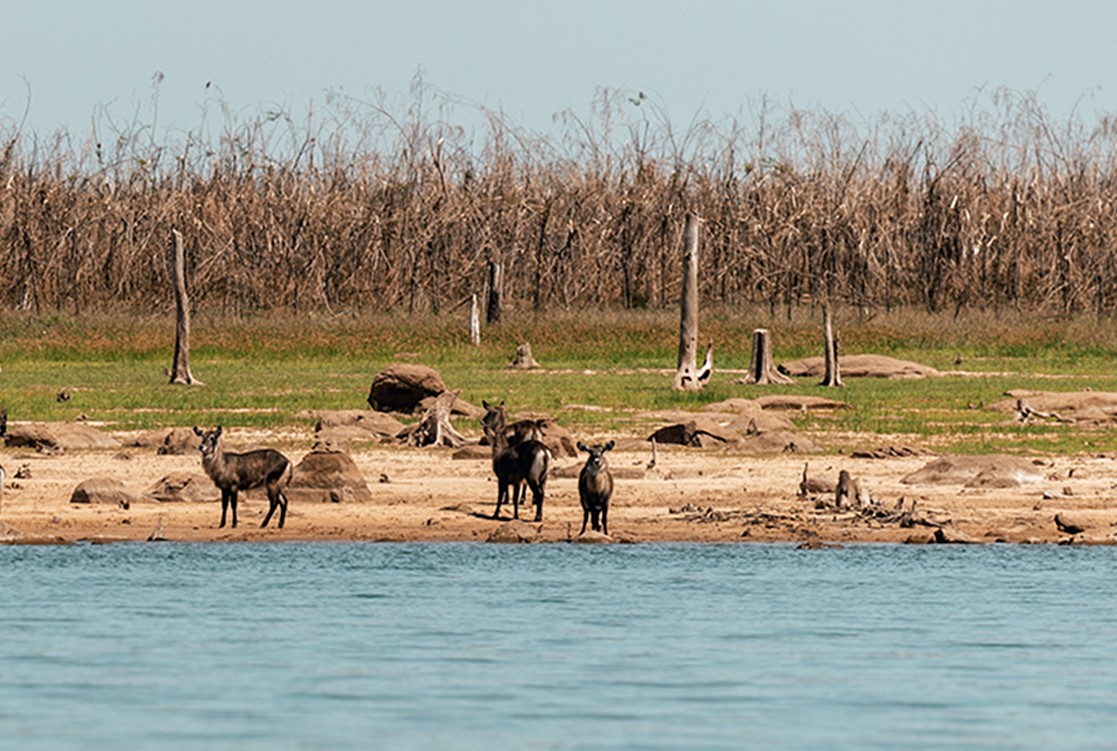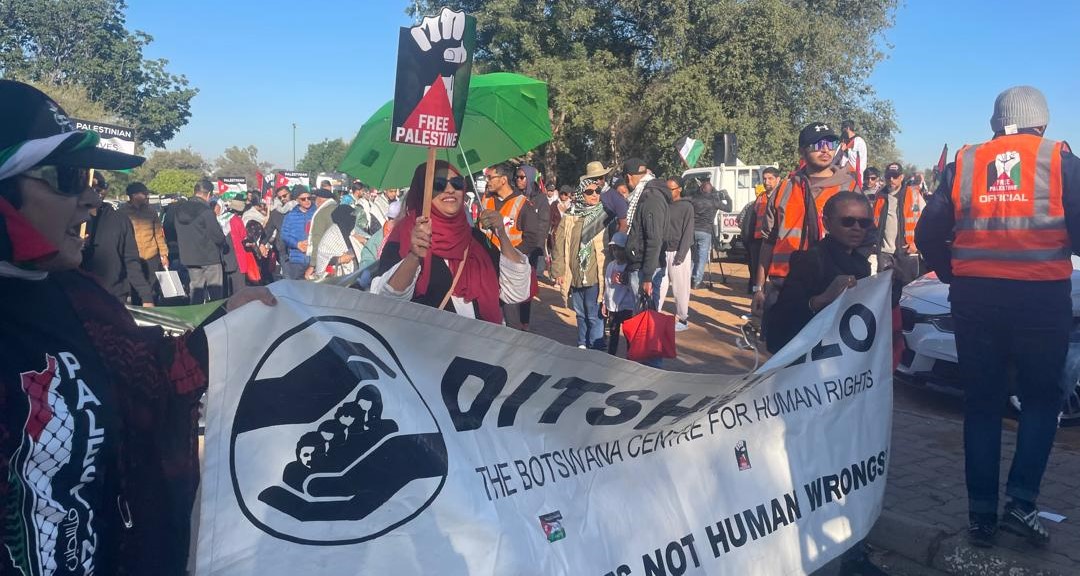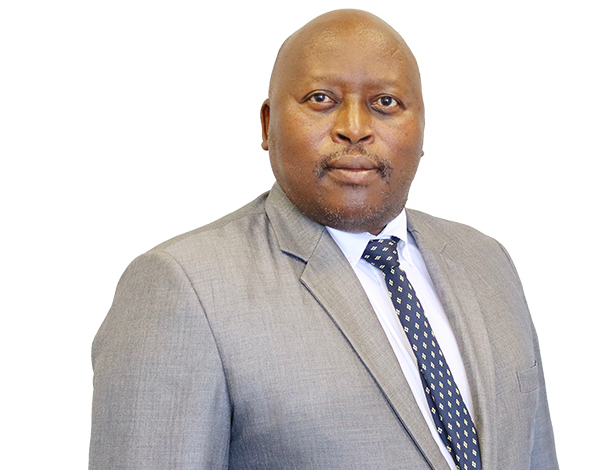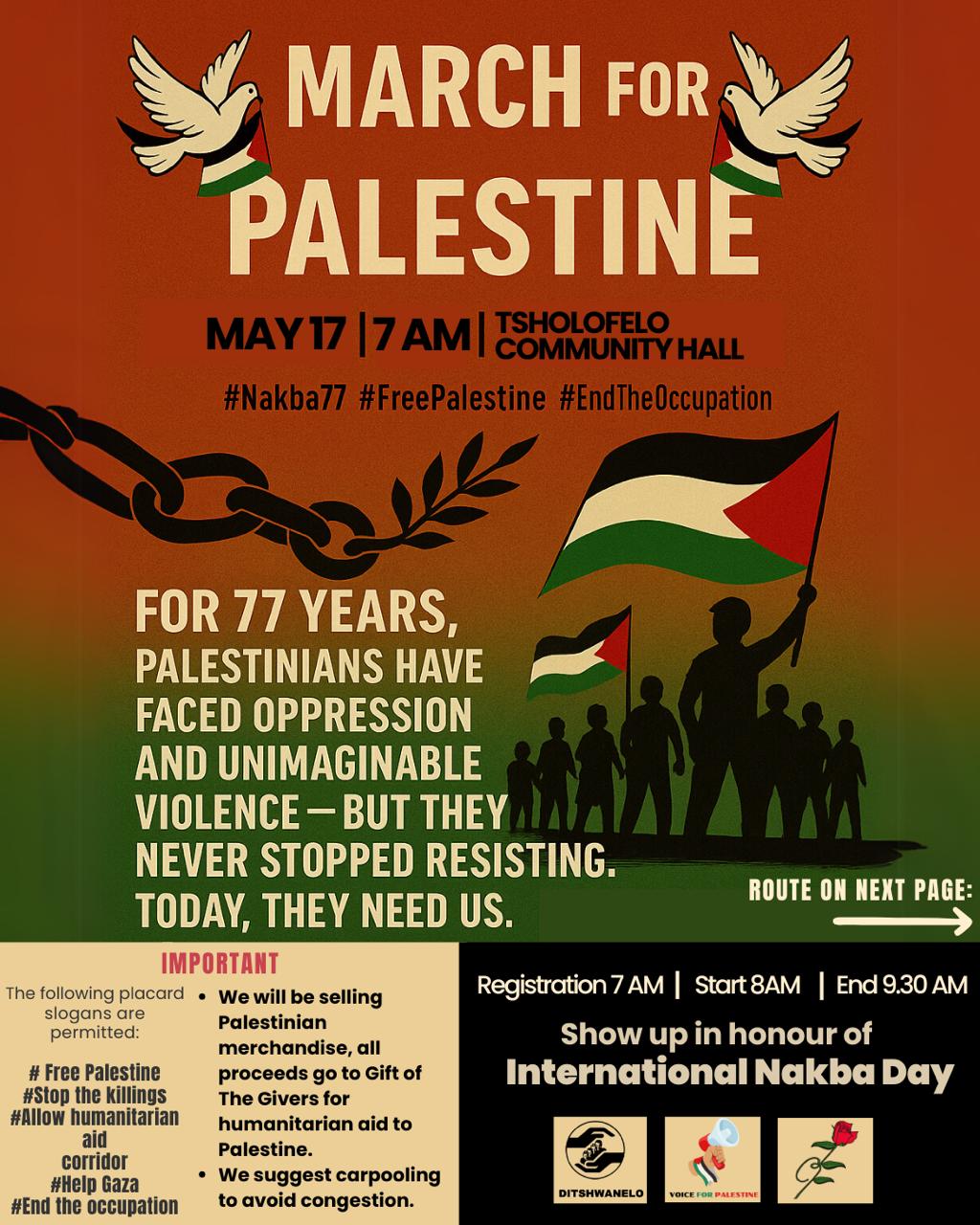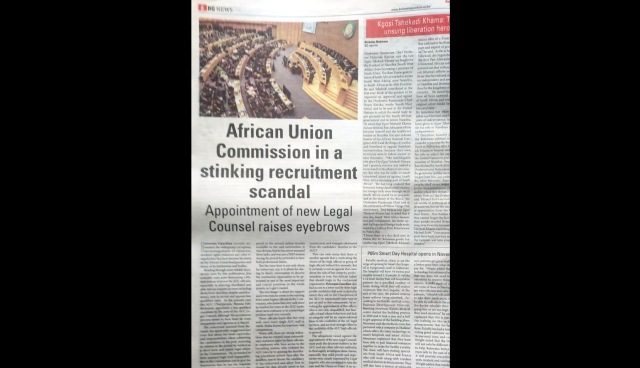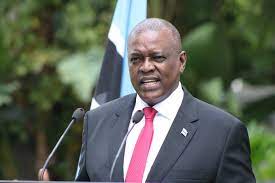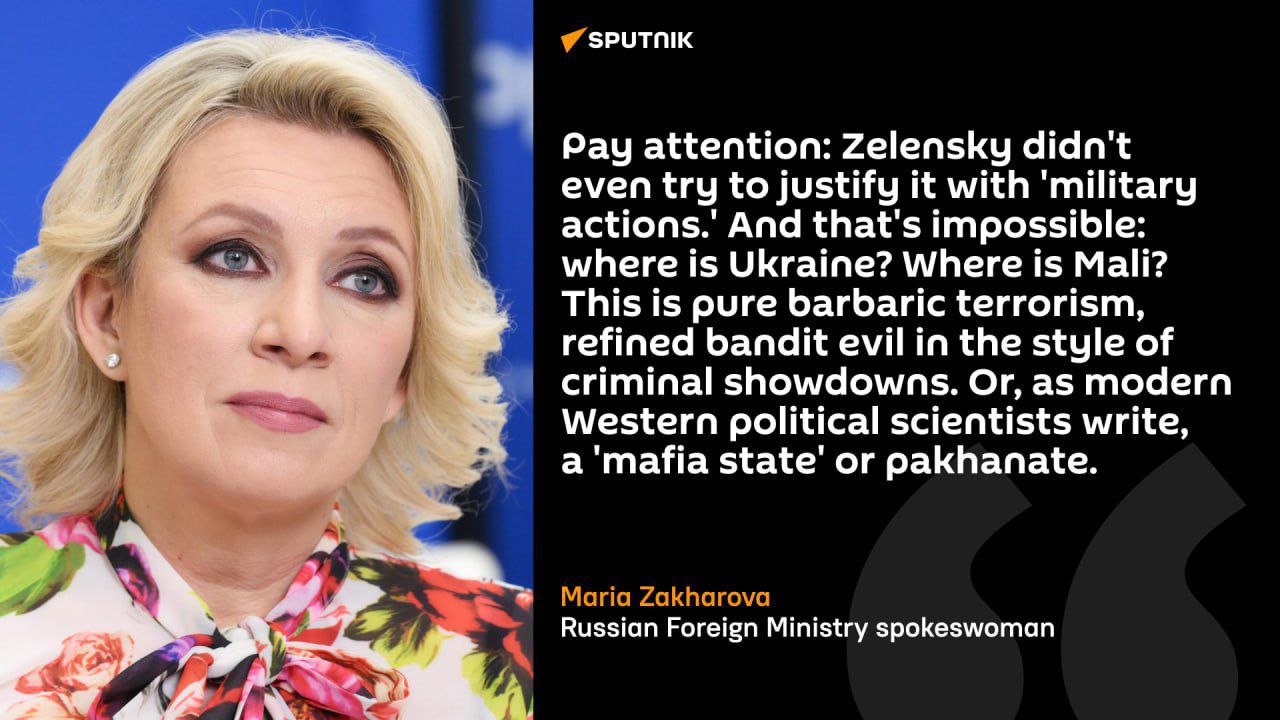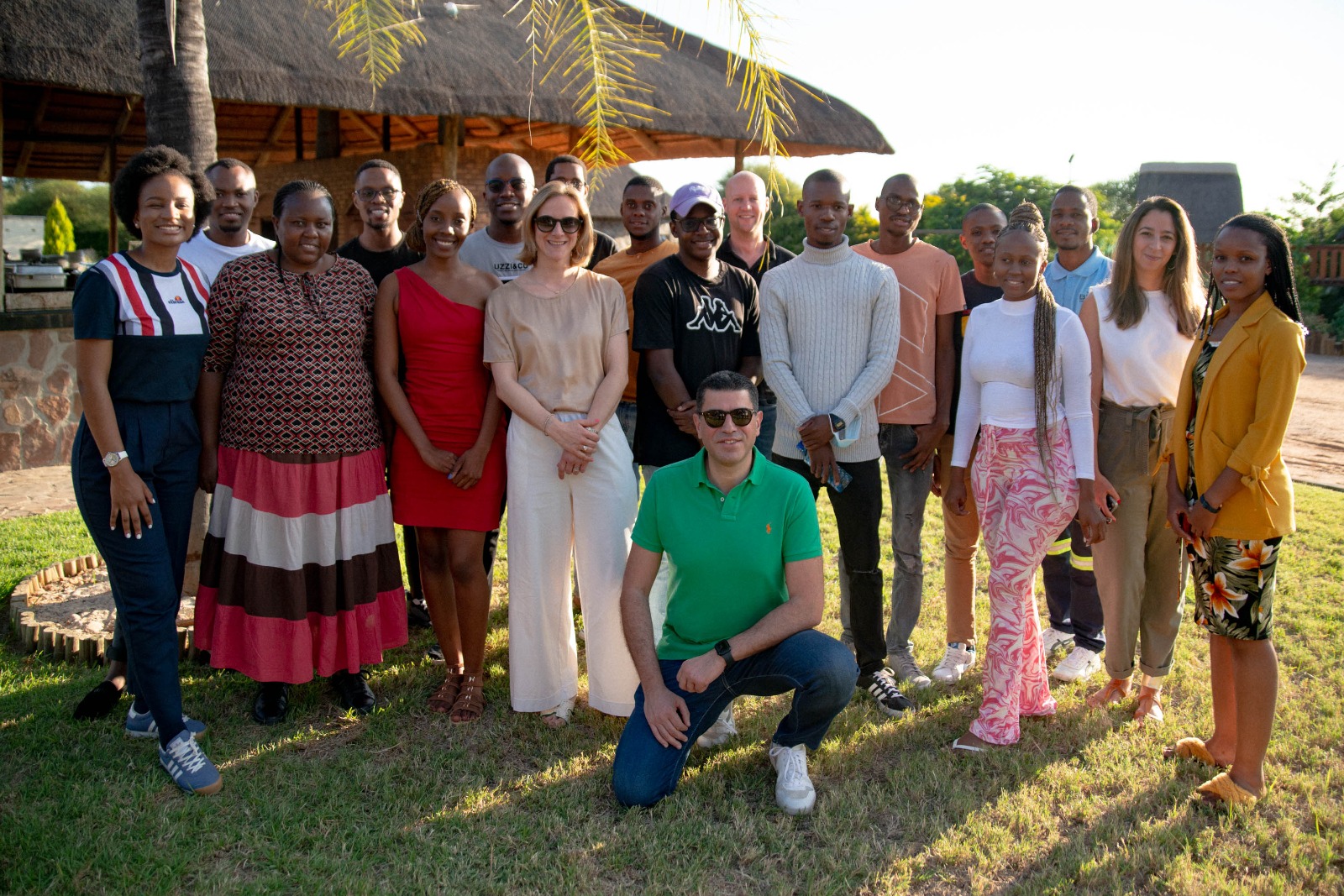
HB-Botswana-pioneers-with-sone-of-the-HB-Antwerp-senior-staff.(pic contributed)
Simply disrupting the traditional diamond supply chain isn’t quite what the founders of Belgian company HB Antwerp are aiming to do. They want a revolution.
The company launched in 2020 with the goal of using technology to bring visibility to the traditionally opaque diamond industry. Its founders hope to establish a new standard for diamonds by providing an end-to-end picture of each stone’s trajectory, from mine to consumer, while ensuring greater equity for diamonds’ countries of origin.
Those efforts center on using blockchain technology and the Microsoft Cloud to create a digital ledger of each diamond’s story — starting with where the stone came from, down to the precise excavation location, and following it as it is sorted, analyzed, transformed from rough stone to sparkling diamond and finally, delivered to the consumer.
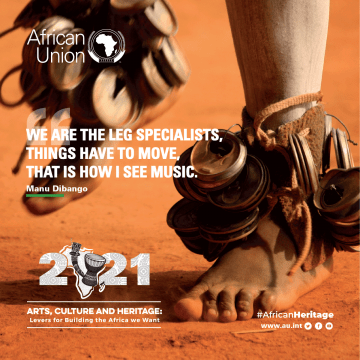
HB Antwerp’s mission is focused on empowering local communities to benefit from the diamond industry and have a greater stake in its future.
Those “moments of truth,” as HB Antwerp calls them, will enable diamond-mining countries to see how much value their stones generate, and conscious-minded buyers to know where their diamonds come from. They also create an enormous amount of data — over 3,000 verification points for each stone.
“The main challenge was that it’s never been done before,” says Shai de-Toledo, one of HB Antwerp’s founders.
Realizing the need for a partner capable of scaling the solution to any country, HB Antwerp turned to Microsoft. The companies worked together to develop a blockchain ledger built on Microsoft Azure and an enterprise resource planning system using Microsoft Dynamics 365. Data from each diamond is stored in a proprietary IoT device, essentially a minivault that can’t be opened without documenting that action in the ledger. (See a demo of HB Antwerp’s IoT capsule.)
The HB Antwerp Innovation Lab opened in Botswana in 2021 to train graduate students, particularly women, for careers in its facility there.
The data is then uploaded to Power BI, Microsoft’s data visualization platform, to provide governments and mining companies with a real-time view of their diamonds’ value appreciation. The goal, de-Toledo says, is to make information about each diamond available to consumers through a link to the ledger.
“We are trying to package this entire journey and deliver it to the consumer in a way that will create an environment that others find it very difficult to compete with,” he says. “Having a ledger and a representation of the journey means that for the first time, consumers can ask themselves, ‘Where did the diamond come from? What was its impact? Which people benefited from it?’”
The traditional diamond supply chain, de-Toledo says, has commodified diamonds and diluted their value, with many players involved and little benefit flowing to the countries and people who produce the diamonds.
“For more than a century, the diamond industry has made billions from obfuscating every stone’s journey,” he says. “Where it’s from, who added value to it, how the value is — or isn’t — benefitting local communities, or even what a fair price should be for consumers. We feel it’s done so much harm that simply ‘disrupting’ feels like an evolution. This is a revolution.”
HB Antwerp’s approach to purchasing diamonds has resulted in 40% higher royalties to the Botswana government over the past two years.
A ‘seismic shift’ for Botswana
Integral to HB Antwerp’s mission is empowering local communities to benefit from the diamond industry and have a greater stake in its future. In Botswana, that has meant investing in the country, ensuring a fairer price for its diamonds and creating new opportunities for its people. The HB Antwerp Innovation Lab opened in Botswana in 2021 to train engineering and technology graduate students, particularly women, for careers in its facility there. Additionally, HB Antwerp will soon open an academy in Botswana to train local diamond polishers.
In 2020, HB Antwerp began implementing its new ecosystem under a partnership with the Lucara Diamond Corporation at its Karowe mine in Botswana. HB Antwerp is purchasing diamonds from the mine based on their value as polished stones, rather than the standard practice of paying for rough product. That has resulted in 40% higher diamond royalties to the Botswana government over the past two years, according to HB Antwerp.
Botswana President Mokgweetsi Masisi characterized the new approach as a “seismic shift” for the country. “I can tell you we do not want to revert to the standard we had,” he says.
Botswana President Mokgweetsi Masisi, left, with Teresa Hutson, vice president of Microsoft’s Tech and Corporate Responsibility Group, during a U.N. General Assembly event.
At a U.N. General Assembly event in September, Masisi said he thinks HB Antwerp’s approach could be used by other African countries and can help meet the Sustainable Development Goals (SDGs) adopted by U.N. member states.
“We want to go out and really market this,” he said. “We want to see the relationship between African governments and those who they partner with fundamentally change. There’s no reason to think we’re going to attain the SDGs with (current) models. It just won’t work.”
Ultimately, says HB Antwerp co-founder Rafael Papismedov, the goal is to provide knowledge and training that will enable Botswana and other African countries to have greater ownership over their natural resources and grow their economies.
“We believe the future of this industry is to transform the diamond in the country of origin,” he says. “This mineral belongs to the people, and it’s the people that will be involved in every step of it.”
Watch additional HB Antwerp videos and learn more about their story by visiting www.microsoft.com/industrysolutions/HBAntwerp.
